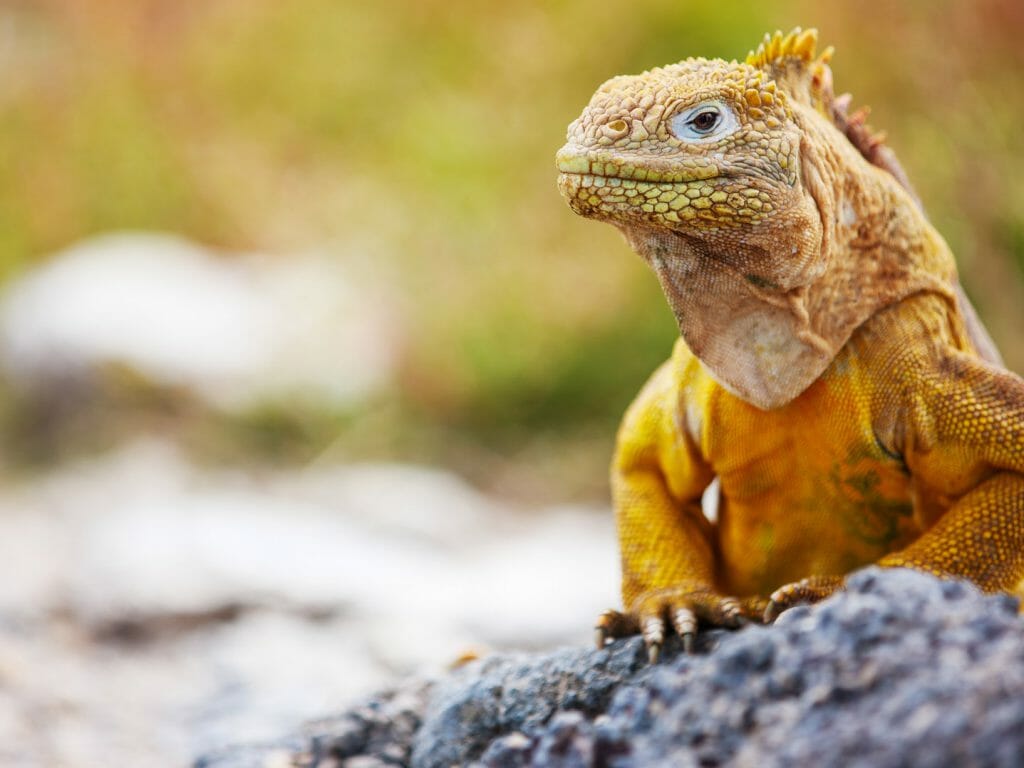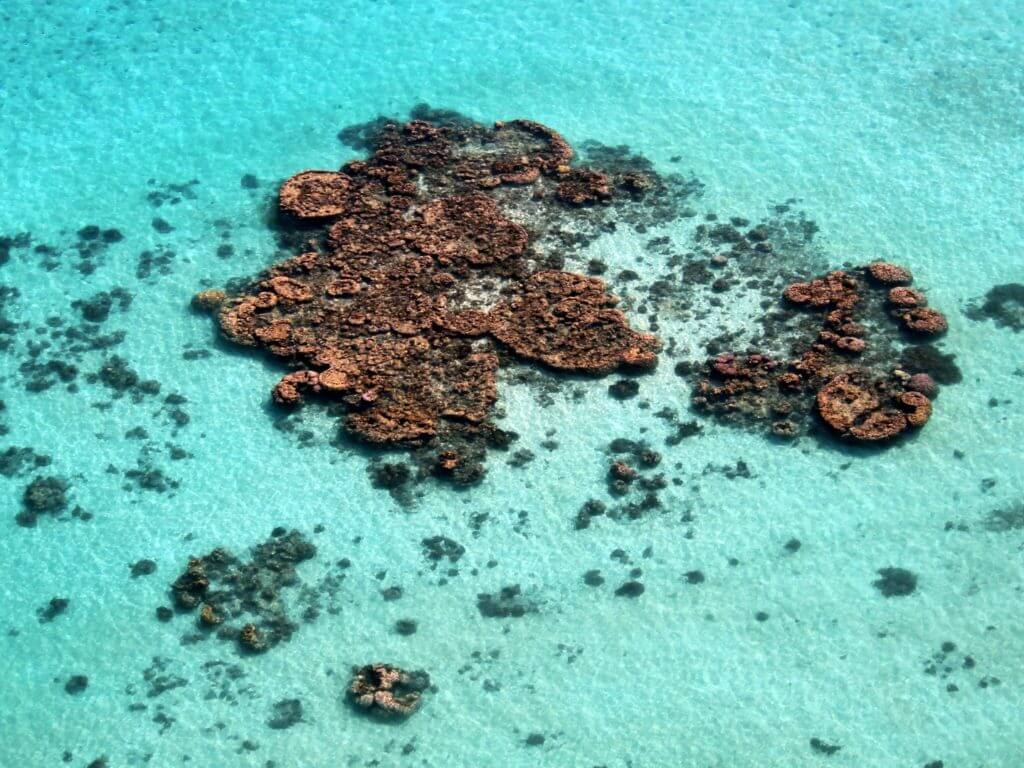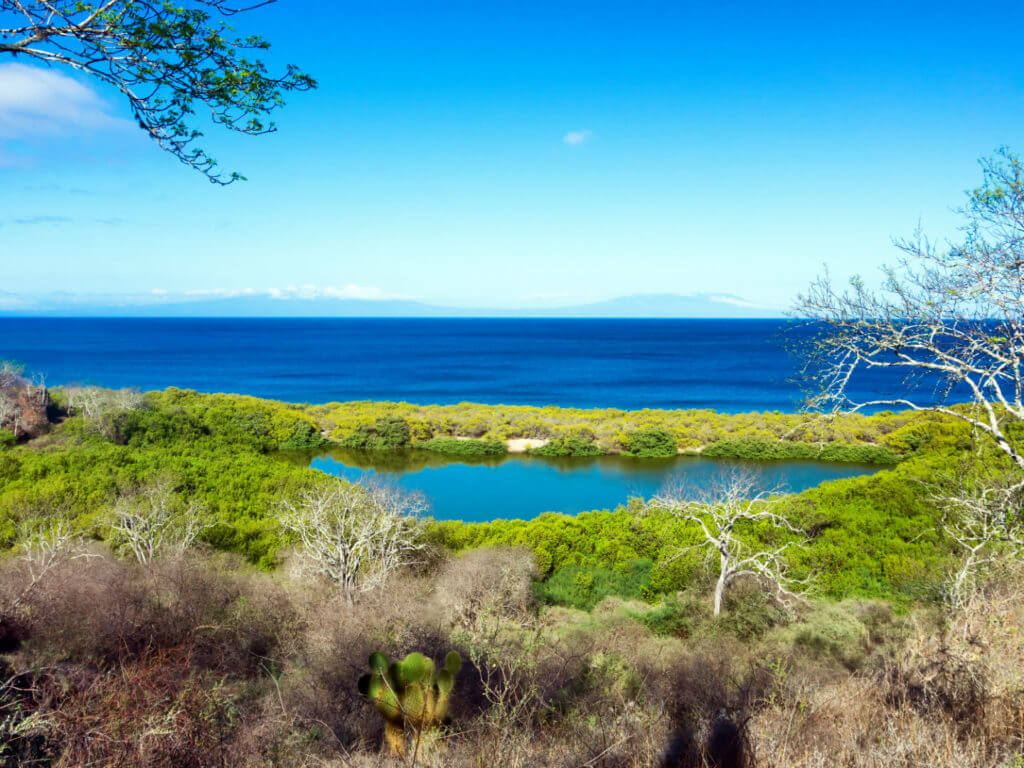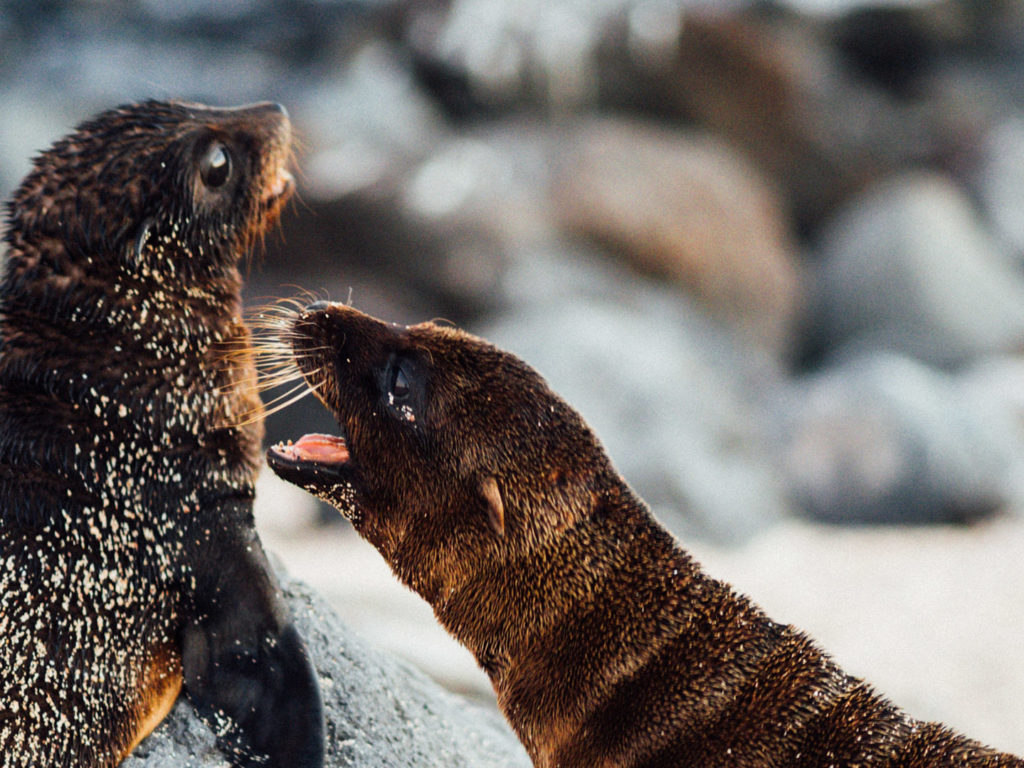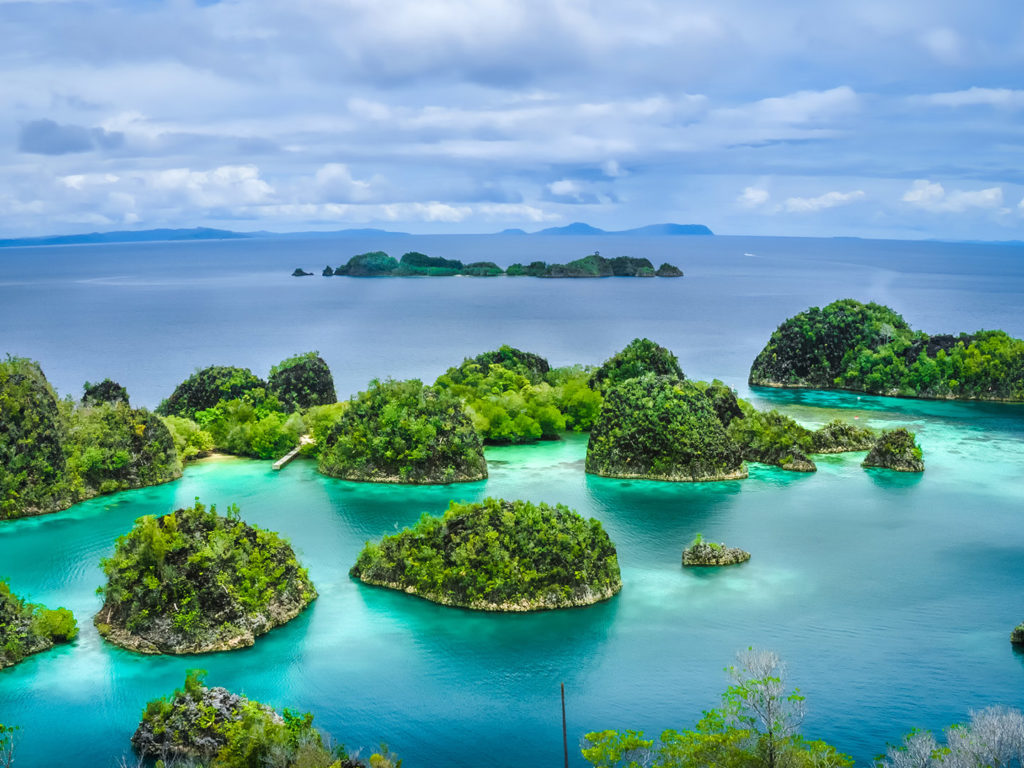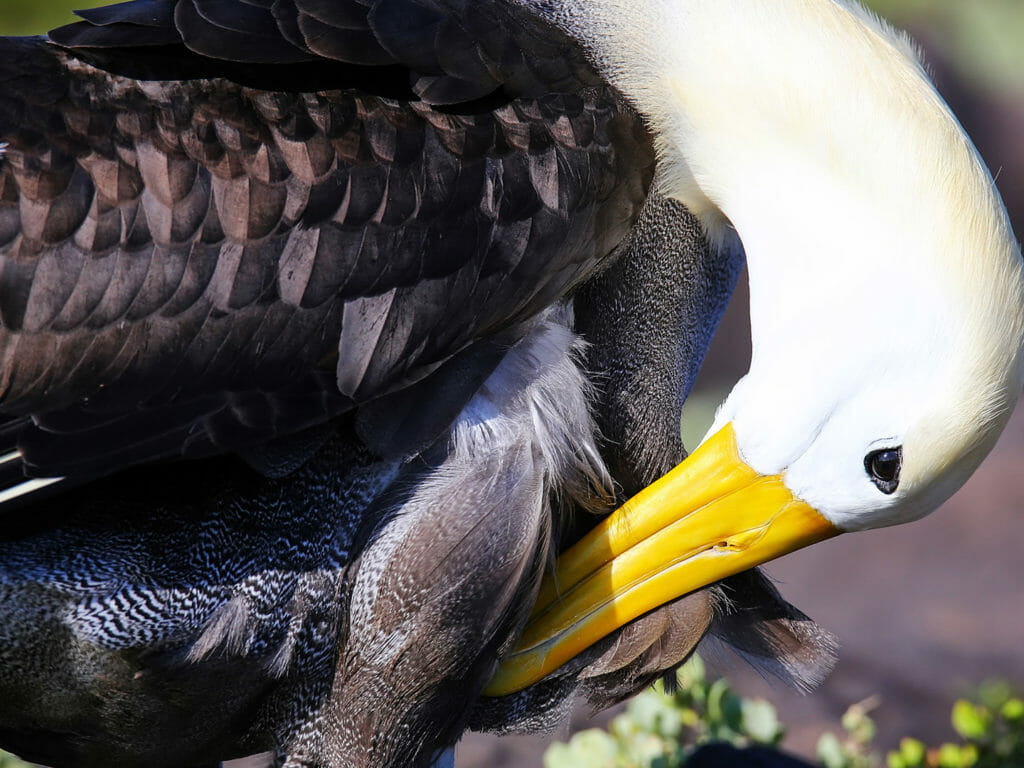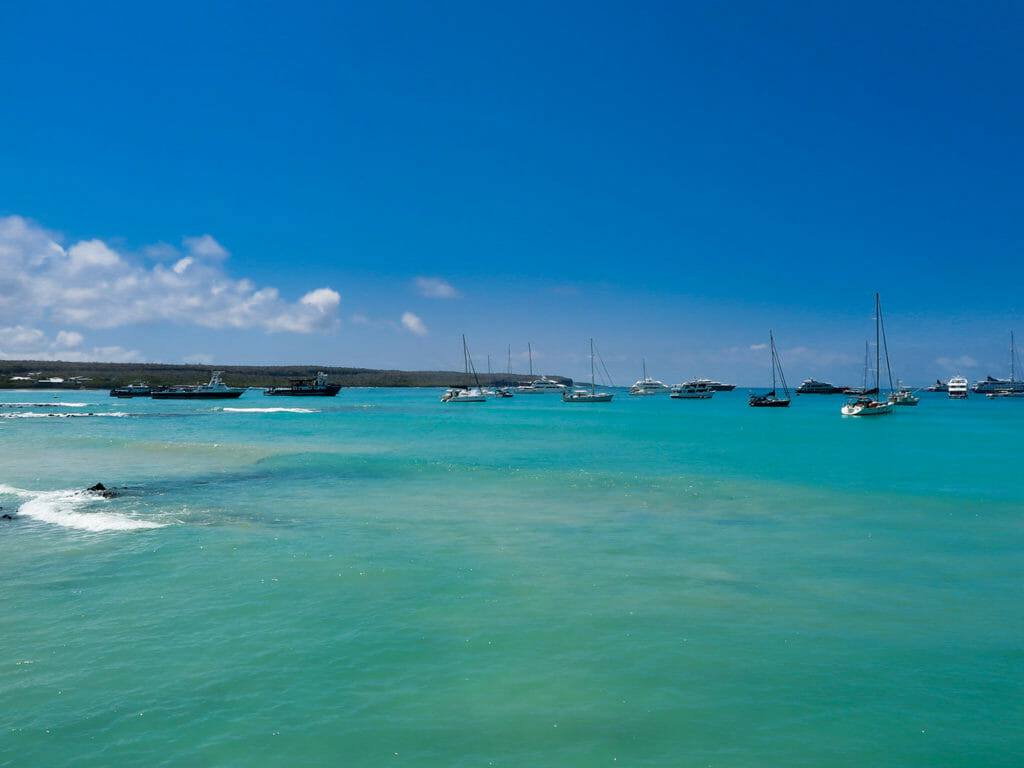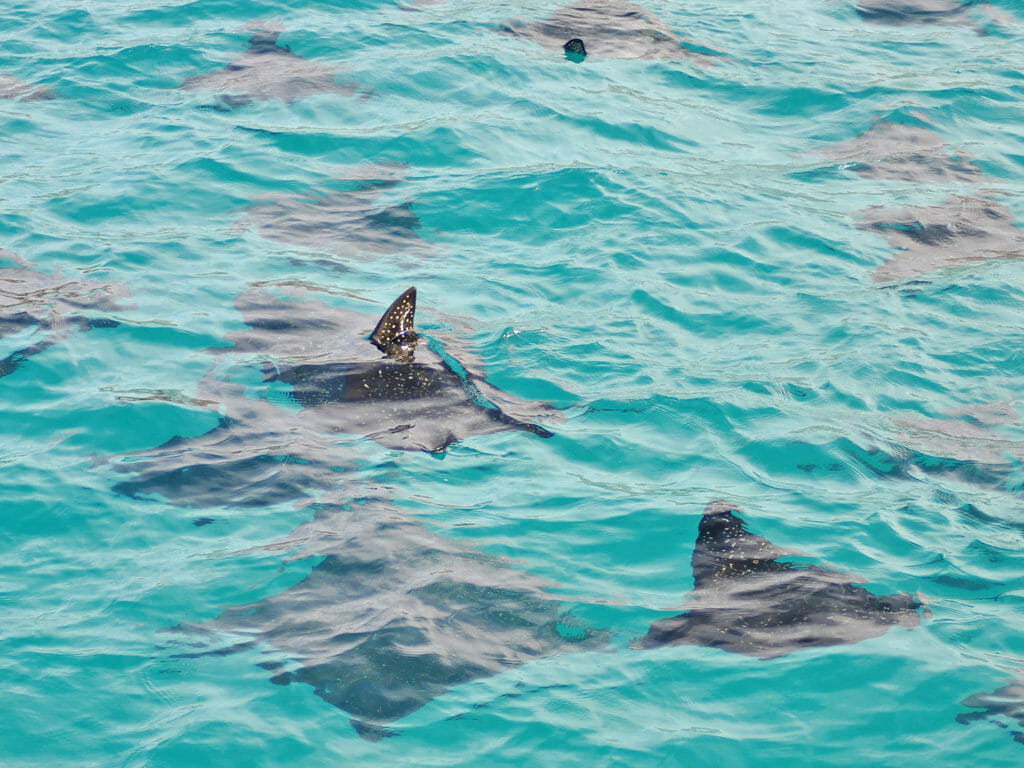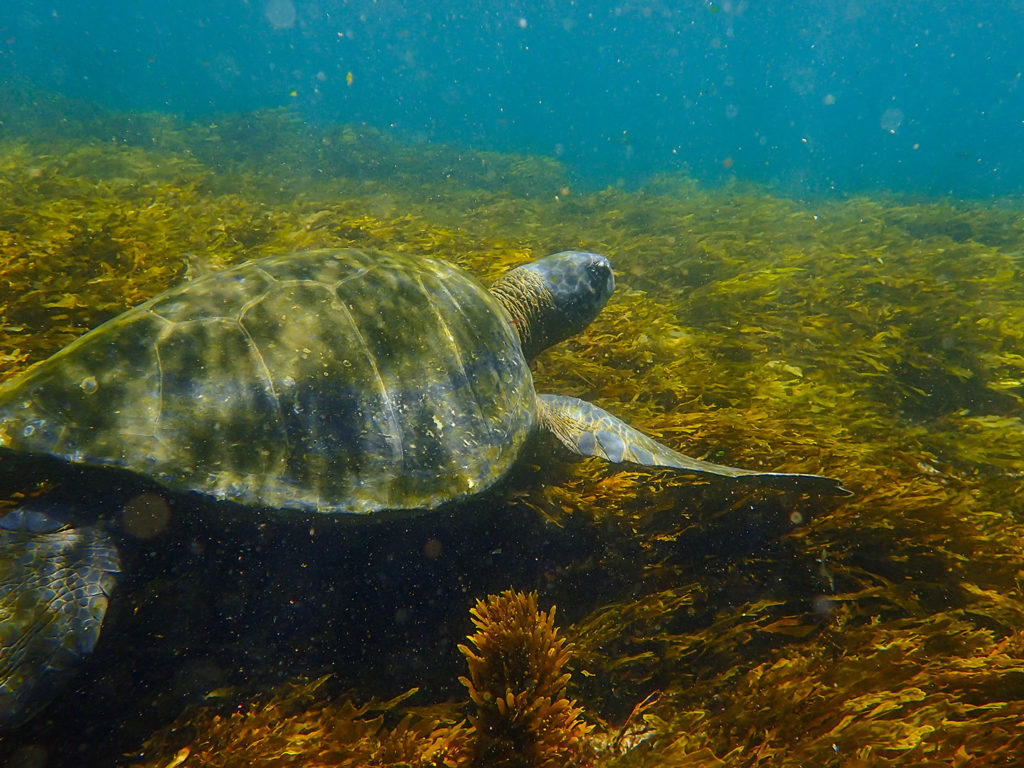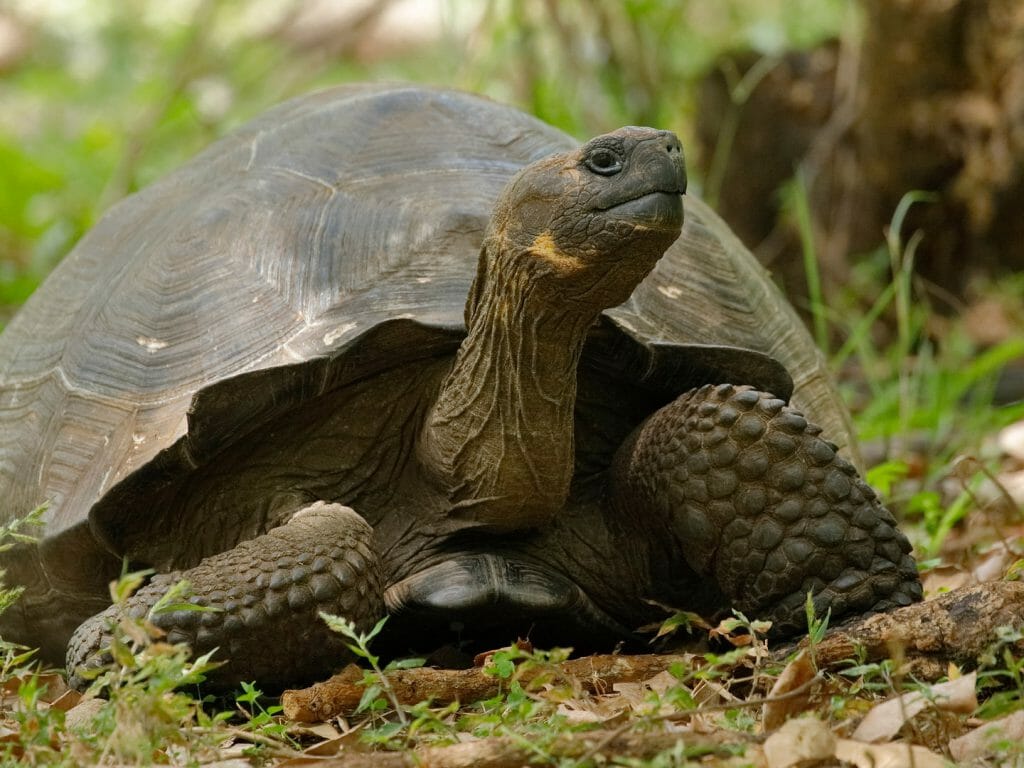The journalist Chris Haslam travelled with Steppes Travel on a Galapagos Islands cruise and his write-up below featured in the Sunday Times:
Something is stirring off to starboard. It could be dolphins rounding up yellowfin tuna, whose dorsals break the surface like a summer shower. It could be a Bryde whale, feeding on krill, or a giant marbled ray, tossing itself skyward to rid itself of parasites. It might be a bull sea lion looking for love, or a feeding frenzy of hammerheads. Captain Pepe shrugs and heads back to the wheelhouse.
“Could be any of the above,” he concedes. “You’re in the Galapagos now.”
I’m aboard the Diamante, a 110ft brigantine schooner chartered by Steppes Discovery for its 10-day voyage around this extraordinary archipelago. I have nine fellow passengers, an easy mix of couples and singles, old and young, and though we’ve only been here an hour or so, a general feeling of wonder is already making us goggle-eyed and slack-jawed.
“Get used to it, my friends,” suggests Bolivar Sanchez, our guide, gathering us together in the Diamante’s saloon. Here, he lays down the national-park law: do not touch the animals; do not let the animals touch you; stay on the path. Breakfast 0700, lunch 1230, dinner 1900. Between those hours, we will hike, swim, snorkel, kayak and take rides in the Zodiac. We will see birds, fish, dolphins, whales, sea lions and many marine iguanas. Maybe, he whispers, we will see tree lions.
A ripple of doubt sweeps the saloon-like an Ecuadorian wave. Field manuals are thumbed, memories racked, guidebooks consulted. Tree lions? No more questions, says Bolivar.
On this first afternoon, we cross a few hundred yards of ocean in the panga, the local term for the Zodiac, to North Seymour Island. Scarlet Sally Lightfoot crabs scatter as we step ashore, climbing over burnished boulders of black lava. They tumble down into water so clear that we can watch parrotfish grazing 15ft below.
Charles Darwin never visited this sunburnt isle, just 12 minutes south of the equator, but if he had, he would have seen boobies. Hundreds of them, lining the narrow trail like blue-wellied penitents, with something Chaplinesque about their big feet and sad, stereoscopic eyes.
“We don’t know why boobies’ feet are blue,” admits Bolivar. “Their name comes from the Spanish bobo — fool — and this tree, my friends, is Parkinsonia aculeata.” He points to a thorny bush, bright green in the arid cactus landscape, with a pile of bleached bones at its viciously barbed base. “The babies fly into it and die,” he says, lifting a fledgling wing from the spikes. “We call this bush the Boobie Trap.”
Tree lions? Boobie traps? Bolivar leads us on through a lava desert to a breeding colony of enormous black birds with bright-red throats.
“Magnificent frigates, my friends,” he announces. These birds lack waterproofing and can’t fish, so most of their food is stolen from other species. Bolivar calls this kleptopara- sitism, and I watch dozens of males trying to pull the birds by inflating their beachball-sized gullets and strutting their stuff.
Our attention is distracted by a fat yellow land iguana, belly-down in the dust like a leftover dinosaur. He poses defiantly for photos, his scaly skin falling in keratin-spiked folds across his powerful forelegs. Suddenly, he is old news. Bolivar has spotted another, as big as a labrador, crashing through the brush beyond, and as we scurry along the path, we meet six locals kicking a football through the forbidden zone.
“Off-duty military,” seethes Bolivar when they’ve gone. “This is a nesting site, and they should know better. Now you know why we didn’t let the army go after the goats.”
Ah, yes, the goats. The goats arrived when man first stepped off the path in the Galapagos. They were put ashore by whalers, survey ships and pirates to provide protein for the future. Now they act as if they own the place. Isabela alone is home to an estimated 500,000, and their effect on endemic species is devastating.
A huge Galapagos tortoise, his ancient shell a yard across, rests in the meagre shade of a denuded shrub. Not a single leaf within goat’s reach remains. Every bush in sight has been similarly stripped, and the noble reptile looks wistfully upwards, wondering where his next meal is coming from. It’s like a lesson from Aesop, and a dramatic demonstration of the vulnerability of this continually amazing biosphere.
We head for the shore, where young sea lions ride perfect waves beneath the setting sun. Their mothers, aunts and siblings sprawl in the warm sand at our feet, while the dominant male patrols the rocks. He may be the daddy now, but managing his harem is a full-time job and he has no time to eat. In two weeks, he will be so weak that he’ll be easily usurped, and another bull will own the beach.
Gazing seaward, I am suddenly overawed by the pri-mordial splendour of this emerging environment. Pelicans soar like pterodactyls and smoking volcanic islands float across the horizon like backdrops from The Lost World. From this fertile ocean, new land has emerged, still hot from the oven — and in its mineral soil, pioneer plants are struggling to put down roots. The cool water teems with life, but untamed nature here is wild and savage, and that’s what 80,000 visitors come to see every year.
Beneath the eco-friendly sails of the Diamant, our energetic guide is now trying to persuade us to go snorkelling in shark-infested waters. They come here to clean up, he says, and they’re harmless when going about their beauty regime. Most of the time.
Captain Pepe smiles wickedly and drops off the side of the panga. Like a half-witted bait fish, I follow. In seconds, I’ve lost him in a maze of undersea lava tubes with a multicoloured cast straight out of Finding Nemo. When I locate him again, he is pointing excitedly to a cave 10ft below. I suck air and dive, steadying myself on the cavern’s lip to peer inside. A pair of white-tipped sharks glare back before barging past me with the disdain of white-tied gourmets passing a discarded kebab.
Back at the panga, I’m dizzy with adrenaline and disbelief. Bolivar steers the inflatable into a mangrove lagoon, cuts the engine and drifts into an inlet.
A thick trunk leaves the water at a 45-degree angle, and a good 8ft up it lie a pair of dozing sea lions. Deeper in the woods perch a dozen more, precariously comfortable. It’s evolution in action, and Bolivar can’t help grinning.
“Tree lions,” he announces.
Unbelievable.


